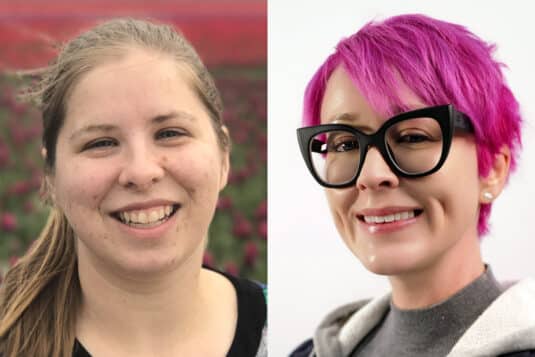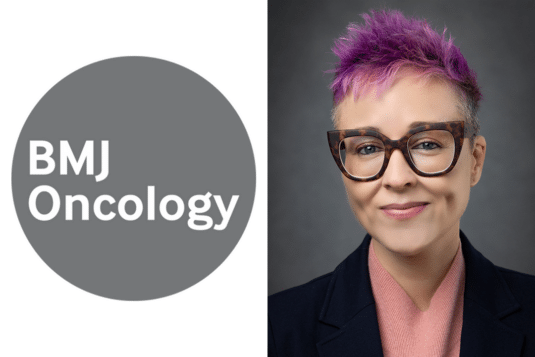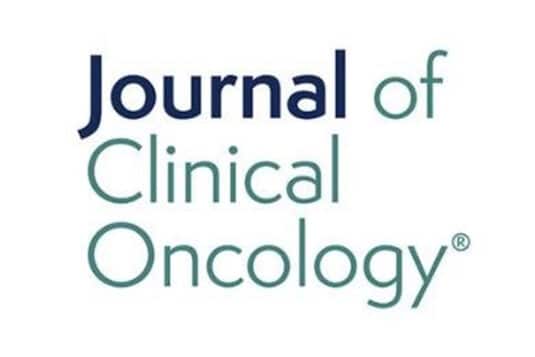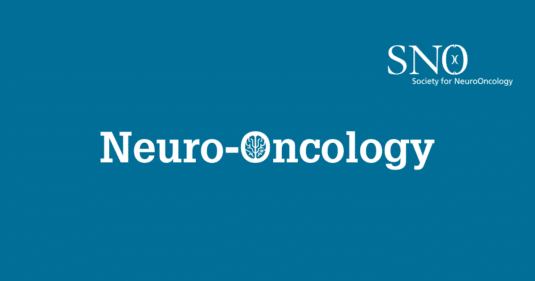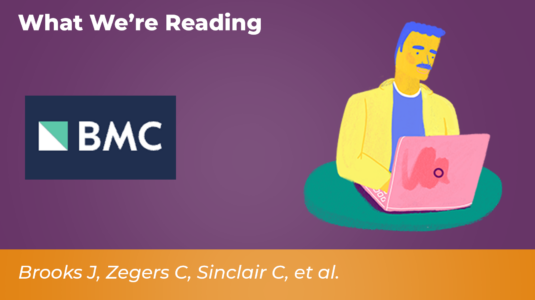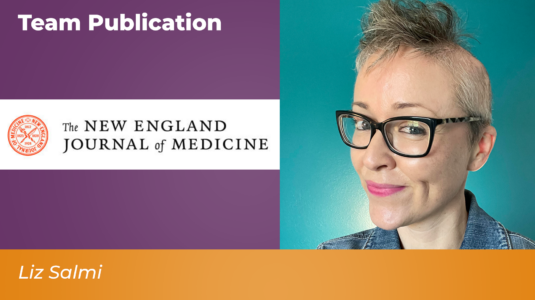Can AI chatbots help patients make sense of their medical notes? This first-of-its-kind study published in JAMIA Open finds that with the right prompt, large language models may become powerful partners in understanding complex health information.
Oncology
Advancing cancer care through digital access in the USA: a state-of-the-art review of patient portals in oncology
Patient portal use among patients with cancer has increased significantly in recent years. This state-of-the-art review seeks to address and analyse literature involving patient portal use by patients with cancer and their care partners.
Overcoming systemic barriers to make patient-partnered research a reality
This commentary explores the barriers posed by processes of consent, data exchange, and EHR interoperability that hinder how researchers honor patients’ desires to contribute to the advancement of cancer research. To grow a thriving research ecosystem, we should minimize participants’ burden and develop systems that demonstrate our commitment and respect for their wishes to contribute to cancer research.
Identifying research priorities and essential elements of palliative care services for people facing malignant brain tumors: A participatory co-design approach
Malignant brain tumors (brain cancer) significantly affects the quality of life (QoL) of patients and their care partners, particularly in areas like cognition and communication. This study aimed to find out the top research priorities for palliative care in brain cancer using a collaborative, community-driven approach.
When bad news comes through the portal: Strengthening trust and guiding patients when they receive bad results before their clinicians
In this chapter, perspectives from a patient with cancer, an oncologist, and a cancer psychiatrist (in that order) are shared to illuminate the adjustments made in clinician-patient communication amid the era of nearly instantaneous results within the electronic health record.
Understanding the Cures Act Information Blocking Rule in cancer care: A mixed methods exploration of patient and clinician perspectives and recommendations for policy makers
Patients with cancer and their cancer care teams want the ability to tailor information release based on individual preferences and goals. Understanding how to tailor implementation of the Information Blocking Rule is essential for retaining its benefits and minimizing unintended harm for patients with cancer.
Deciding on my dimples
OpenNotes advocate/researcher Liz Salmi describes a high-stakes decision she made in collaboration with her neurosurgeon during awake craniotomy.
Open notes sounds great, but will a provider’s documentation change? An exploratory study of the effect of open notes on oncology documentation
This study evaluated whether implementing open notes at a large academic medical center was associated with changes in measures of the length and readability of progress notes written by hematology/oncology clinicians. After the implementation of open notes, progress notes and A&P sections became both longer and easier to read. This suggests clinician documenters may be responding to the perceived pressures of a transparent medical records environment.
New federal rule requires open notes: what do clinicians and patients need to know? Insights and suggestions from a neuro-oncologist, a neurosurgeon, and a person living with a brain tumor
Starting April 5, 2021, a new US federal rule will be implemented as part of the 21st Century Cures Act that in part mandates patients will be able to access their test results, medication lists, referral information, and clinical notes rapidly and conveniently in electronic formats… “without delay.” As a result, it will be easier for patients to access the information in their records, including progress notes. … We know of no specific guidance nor formal study for neuro-oncologists and neurosurgeons on open notes, and there has been no formal study of brain tumor patients’ perceptions. Of 35 US institutions offering accredited neuro-oncology fellowships through the United Council of Neurologic Subspecialties, 26 report the capability of sharing notes with at least some patients, though the method of note sharing is unclear. For now, the authors offer suggestions for information that both neuro-oncology clinicians and patients want at their fingertips, as well as personal reflections on sharing and reading visit notes.
Open Notes in Oncology: Patient versus Oncology Clinician Views
Most oncology clinician views about open notes differ from those of patients. For example, 70% percent of clinicians agreed that open notes are a “good idea,” while 98% of patients endorsed this view. Further, 44% of oncology clinicians believed cancer patients would be confused by notes; just 4% of patients reported feeling confused after reading. Patient and clinician views about open notes in oncology are not aligned, with patients expressing considerably more enthusiasm.
